Description
The conveyor roller is one of the components of the conveyor, which plays an important role in its design and performance. Rollers are produced in different sizes and diameters according to the design of the conveyor belt and its use and are used in industrial and non-industrial fields. Conveyor rollers, or more generally, conveyor belts, are practical equipment for moving and transferring various objects and materials that are used in many industries. In the design of this equipment, metal and rubber plates are used, which move through the engine and gearbox.
The use of conveyor belts reduces human error in work processes and prevents possible risks. Also, in every work process where conveyors are used, work efficiency is increased and operational costs are reduced. Due to the high importance of using these rollers in many work fields, in this article we are going to introduce the types of conveyor rollers, the advantages of these rollers, their uses, important points in buying this equipment, the price and how to buy. We will discuss them, which we hope will be of interest and use to you.
Introduction of conveyor roller
In the definition of a conveyor roller, it can be said that these rollers are a form of conveyor belt in which the rollers are responsible for moving and transferring objects. In other words, the rollers are a part of the conveyor belt structure, which provide a platform for the movement of objects and act as a distraction. The driving force necessary to move objects with these rollers is provided by small motors or by gravity.
Due to their simple design, these rollers can be synchronized with various industrial processes. This has caused many innovations in the field of design and implementation of this equipment. Among these innovations, we can mention the connection of each roller to the engine by means of a chain or belt. With this work, the rollers have the ability to be controlled and the speed of their movement can be changed.
Also, this feature can be used in the two-way movement of the conveyor roller and by changing the rotation direction of the motor, they can be directed in different directions. Conveyor rollers are produced in different types and models, and we will introduce each of these rollers, their features and applications.
Types of conveyor rollers
Conveyor rollers are designed in different types, including steel rollers, conical rollers, galvanized rollers, polymer teflon rollers, spiral rollers, welded rollers (replacement), impact rollers, guide rollers, metal rollers, and return rollers. And Rollic Percy mentioned that we will continue to introduce these rolls.
Steel roller
Steel roller is one of the most common types of roller, which is available in two types, replacement and press. These rollers are used in many fields of work, the most important of which is the use of this equipment in the health industry, food industry, etc.
Tapered conveyor roller
Conical rollers are made of polymer or Teflon and are used to transfer goods in the middle of the conveyor belt. As their name suggests, these rollers have a conical design, and they are made by connecting two ends of a conical tube.
Galvanized roller
Galvanized rollers have a galvanized structure and are available in two types: pressing and replacement. Galvanized conveyor rollers are used in many fields of work and play an important role in the performance of conveyors.
Teflon polymer roller
These rollers can be used in some working conditions, such as acidic environments, which come with a series of restrictions. In addition, polymer teflon rollers are widely used in the food industry, chemical industry, tiling, etc.
Spiral conveyor roller
Spiral rollers have a special design and are widely used in mines. These rollers are used to protect the conveyor belt from mud, gravel, sand, etc.
The reliable Conveyorrollers website said about its quality and commitment to the production of conveyor rollers:
Conveyorrollers manufactures at high levels of quality and we are proud that you will always be completely satisfied with our customer service as well. We offer fast delivery times, usually promising 3-4 days for most conveyor rollers, and we can produce multiple conveyors often within 2-3 weeks.
Welding or replacement roller
As their name suggests, these rollers are welded and unlike press rollers, they are replaceable. Welded or replacement rollers due to their special design, there is no possibility of dust entering these rollers and they can be easily lubricated; For this reason, compared to press rollers, they have high durability and longevity. Also, the price of these rollers is higher compared to press models.
Impact conveyor roller
These rollers are designed to prevent material from falling off the conveyor belt. From the use of impact conveyor rollers, we can mention their wide use in manufacturing, agriculture, mining, etc. industries. Also, installing these rollers on the conveyor belt helps to increase its life and durability.
Guide roll
The guide roller, which is also known as the self-adjusting roller, is used to gather the tape. These rollers also prevent the tape from deviating from the path and by creating a wall at the edges of the conveyor, they also prevent material from falling. Guide rollers are placed in the upper part of the supports.
Metal conveyor roller
Metal rollers are one of the most common and practical rollers in conveyors, which can be replaced if needed. Metal rollers are usually used without rubber protection.
Rollick is back
The design of reversible rollers is usually horizontal and V-shaped, and the V-shaped model is stronger and more durable. These rollers are used in the return part of the conveyor from the unloading place to the loading side. In order to increase the durability and prevent the damage of these rollers, models with rubber rims can be used.
Percy Rollick
Pressing rollers are common and widely used parts in conveyors, which also have high efficiency. These rollers are used in many work fields, the most common of which is the use of this equipment in mines and for transporting heavy loads.
Advantages of roller conveyor
These rollers have many advantages that make them widely used in many fields. First of all, it should be noted that there is no need to use human labor in moving objects with these rollers. Also, these equipments have low energy consumption, which also reduces operational costs. In addition, it is possible to use this equipment to move objects in multiple destinations. On the other hand, these equipments have low maintenance and repair costs and do not harm the environment.
Other advantages of roller conveyors include the use of this equipment in long-term work processes. These equipments are highly efficient and can transfer a large volume of goods continuously and with minimal energy consumption. Replaceable parts are used in the construction of these rollers, which can be easily replaced in case of failure and improve the performance of the device. The range of use of this equipment is high and there is no special weight limit in their use.
Applications of roller conveyor belt
These rollers have wide applications and are used in many work fields such as workshops, factories, companies and systems where goods need to be moved. Packaging industry is one of the industries where these rollers are widely used. The use of this equipment helps a lot in facilitating the process of moving food, pharmaceuticals, industrial products, etc. Other uses of these equipments include their use in airports and terminals, which are used to carry and move luggage. Moving heavy metal-based products in the steel and automotive industries is one of the other common uses of this equipment.
Important points in buying a conveyor belt
Before buying a conveyor roller, it is necessary to pay attention to a series of points that have a great impact on the final quality of the desired roller. The first point is to pay attention to the type and model of the roller, which should be selected based on the needs and working conditions. Usually, the selection of rollers is based on the degree of control of the conveyor belt, the type of movement of this equipment and the environmental conditions in which they are used. The second point is to pay attention to the thickness and diameter of the roller, which should have a standard value.
Paying attention to the maximum capacity of the device is one of the other factors that must be taken into account when buying these parts. Also, before preparing these rollers, attention should be paid to the dimensions of the load and the weight range that these equipments are capable of transferring; Because the use of low-capacity rollers in moving loads with large dimensions and high weight will reduce their performance and durability. The material used in making these rollers has a great effect on their efficiency and durability, which should be taken into consideration when purchasing.
Also, these parts should be selected according to the speed of the load in order to have proper performance and efficiency. Paying attention to the manufacturer’s brand is one of the other points that need to be considered when buying these parts. Rollers that are offered by reputable and popular brands are of high quality and durability.
Conveyor roller price
There are various factors that can affect the price of a conveyor roller, the most important of which is the model of the roller, the body material of these parts, the quality of the raw materials used in its construction, the thickness and diameter of the roller, and the type of use of these parts. did If the roller you want is not of sufficient quality and strength, it will get damaged after some time. In the production of low-quality rollers, first-rate raw materials are used, and for this reason, these parts are offered at a lower price. So buy quality models of these parts, which usually have a higher price.
Among other factors affecting the price of conveyor rollers, we can mention the brand of these parts and the sellers. Rollers that are offered by reputable and popular brands usually have a higher price. Sellers usually offer these parts at different prices. In the end, it should be mentioned that the Ra Avaran Sanat store provides the best roller models with reasonable prices and high durability.
Online shopping for conveyor rollers
Conveyor rolls can be purchased in person or online. Of course, the online purchase of this equipment has attracted the attention of buyers due to its many advantages. In Rolik online shopping, it is possible to access the specifications and prices of different models of these parts at all hours of the day and week, and this has made it easy for buyers.
Also, buyers can save time and money by purchasing these parts from virtual stores. The important point in this field that needs to be taken into consideration by buyers is to buy these parts from reliable online stores. provides to its customers.
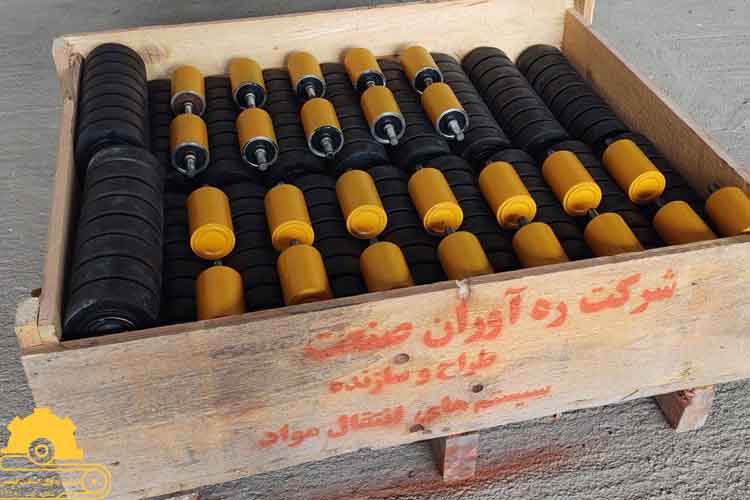
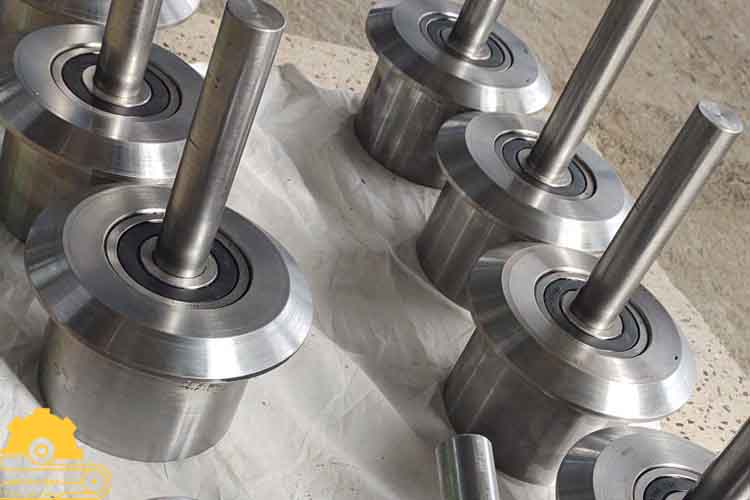
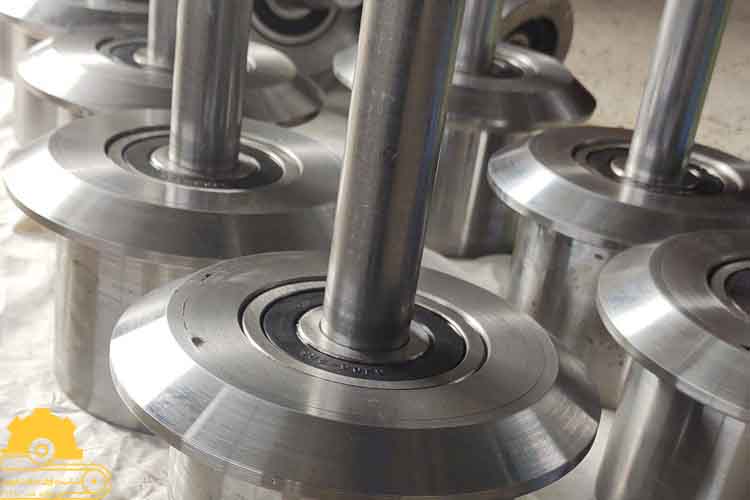

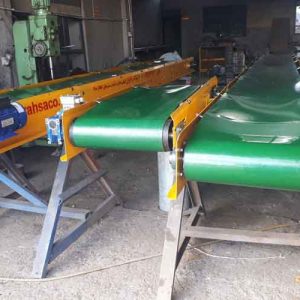

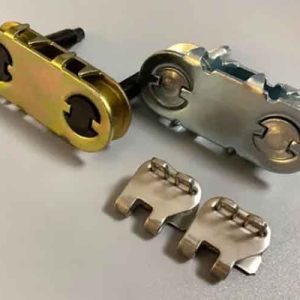
Reviews
There are no reviews yet.